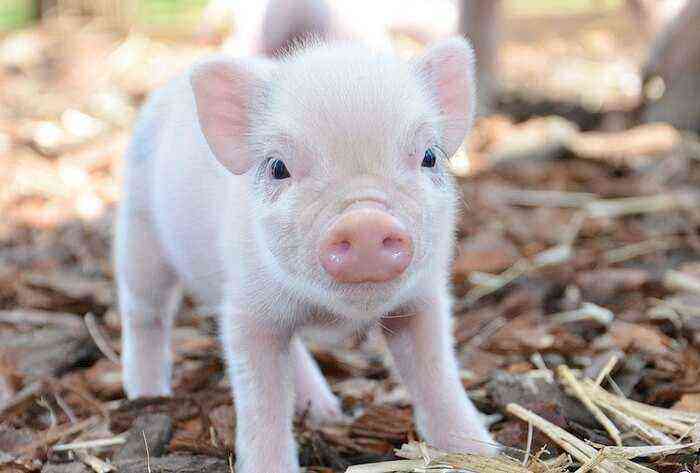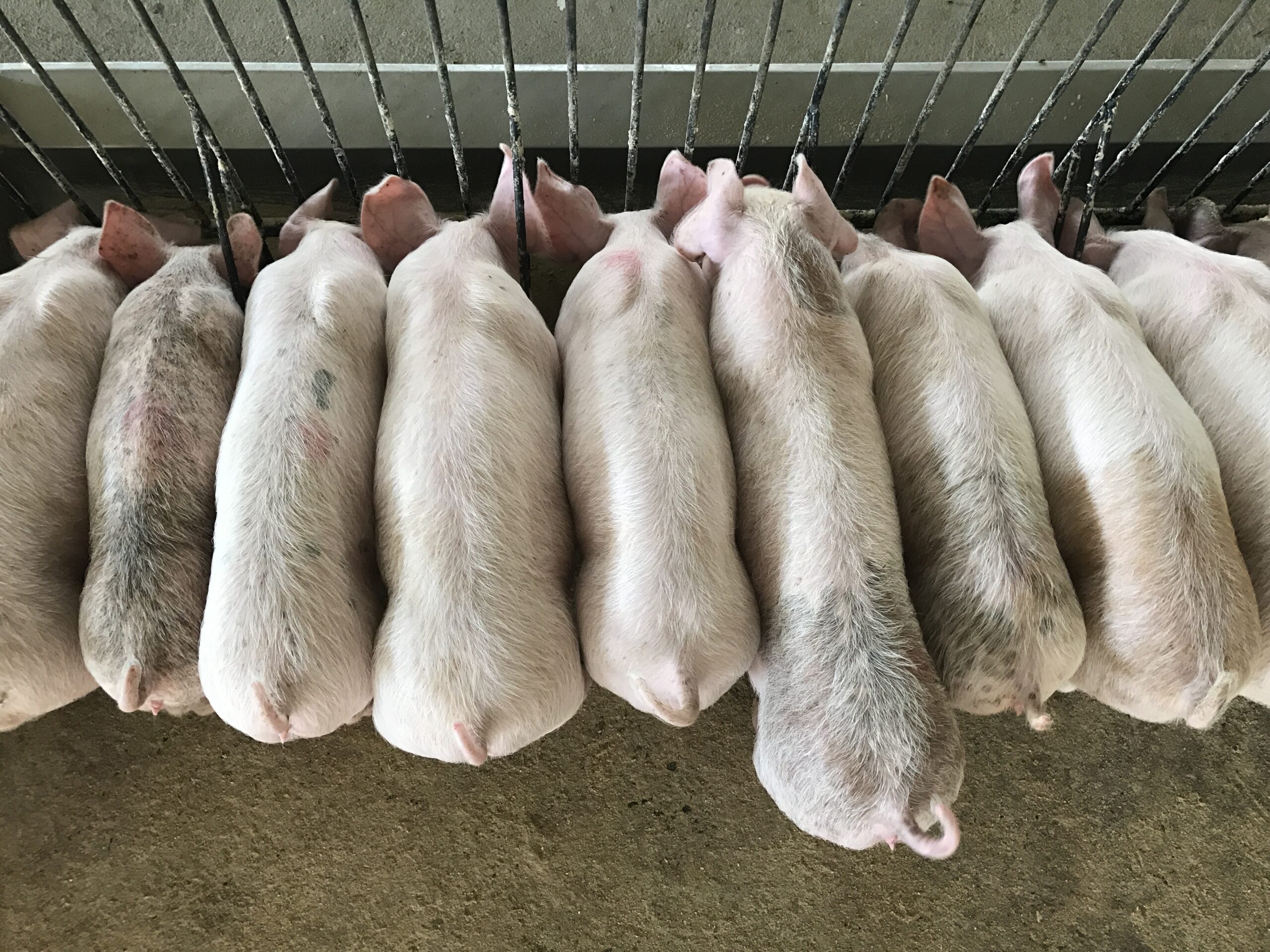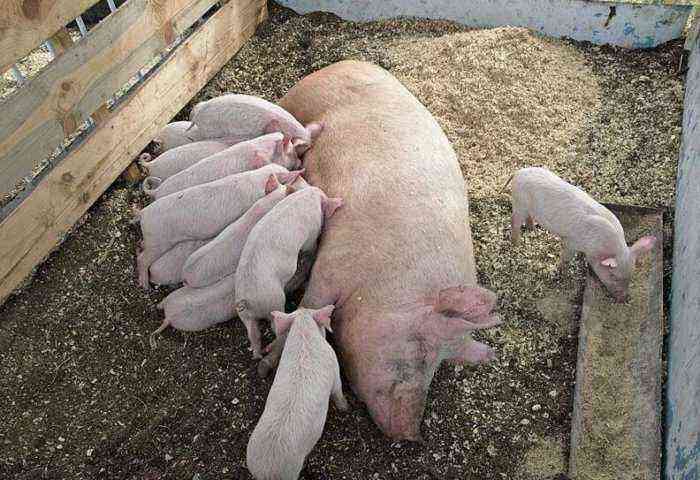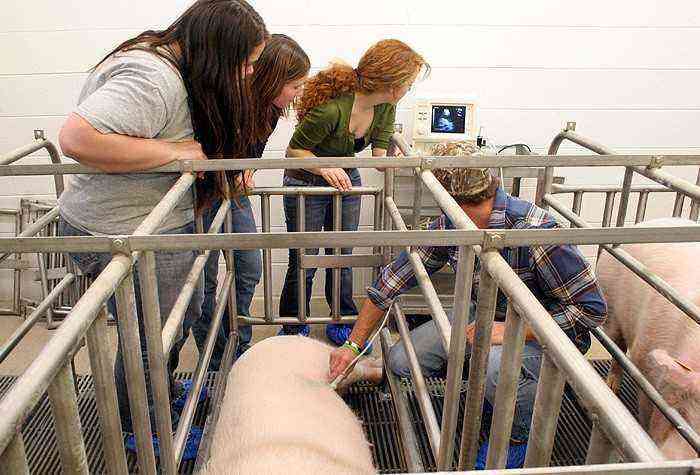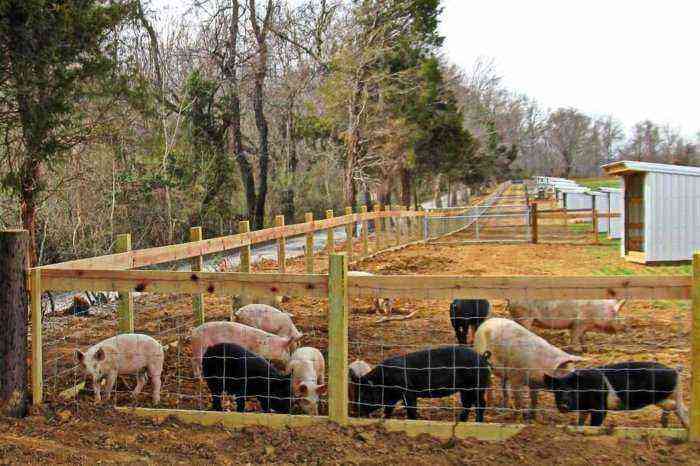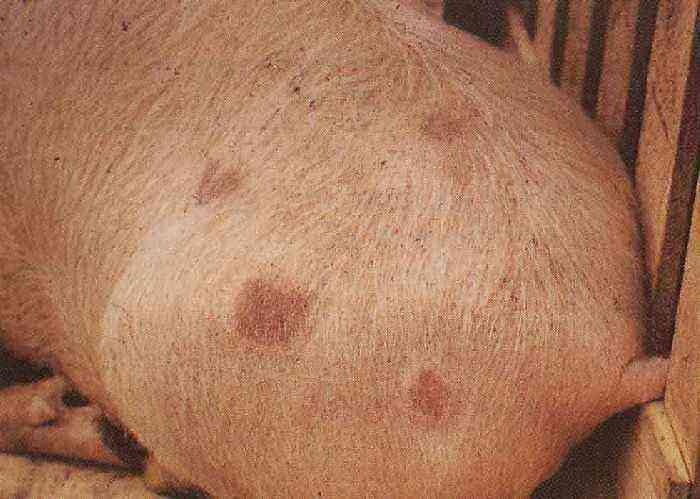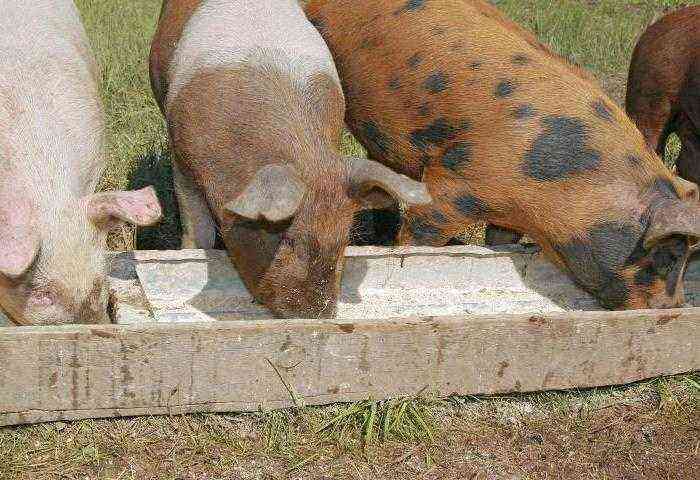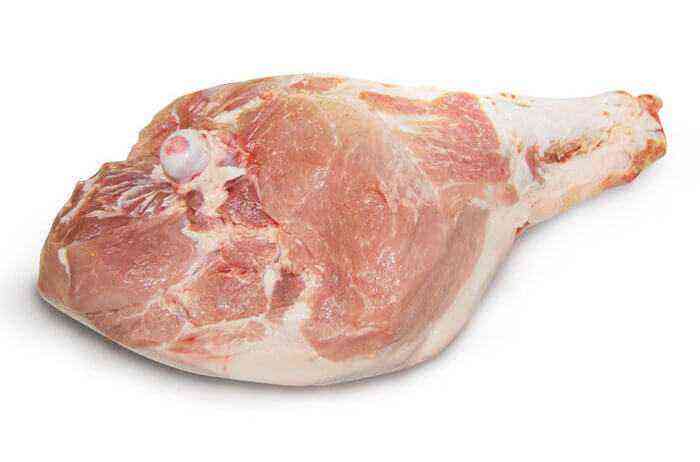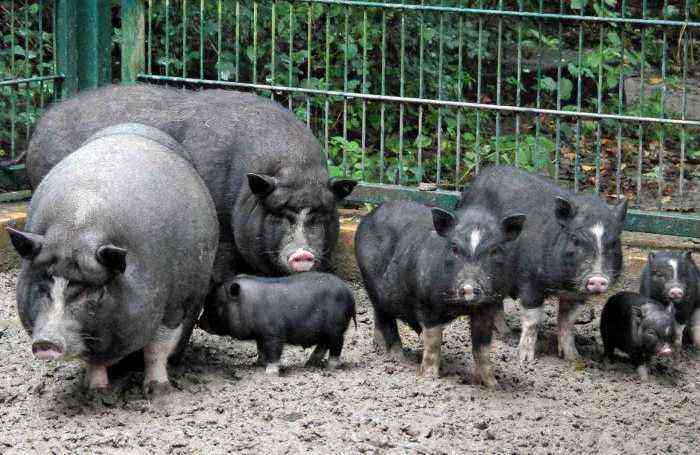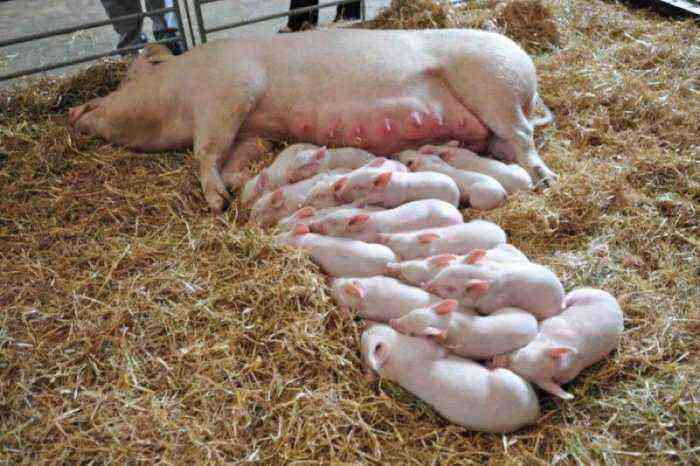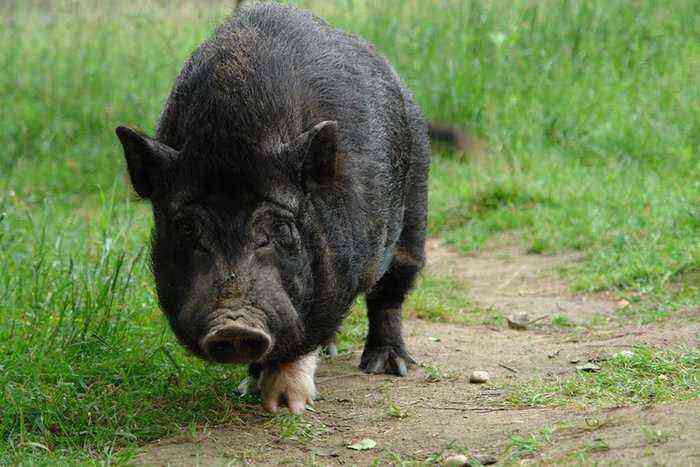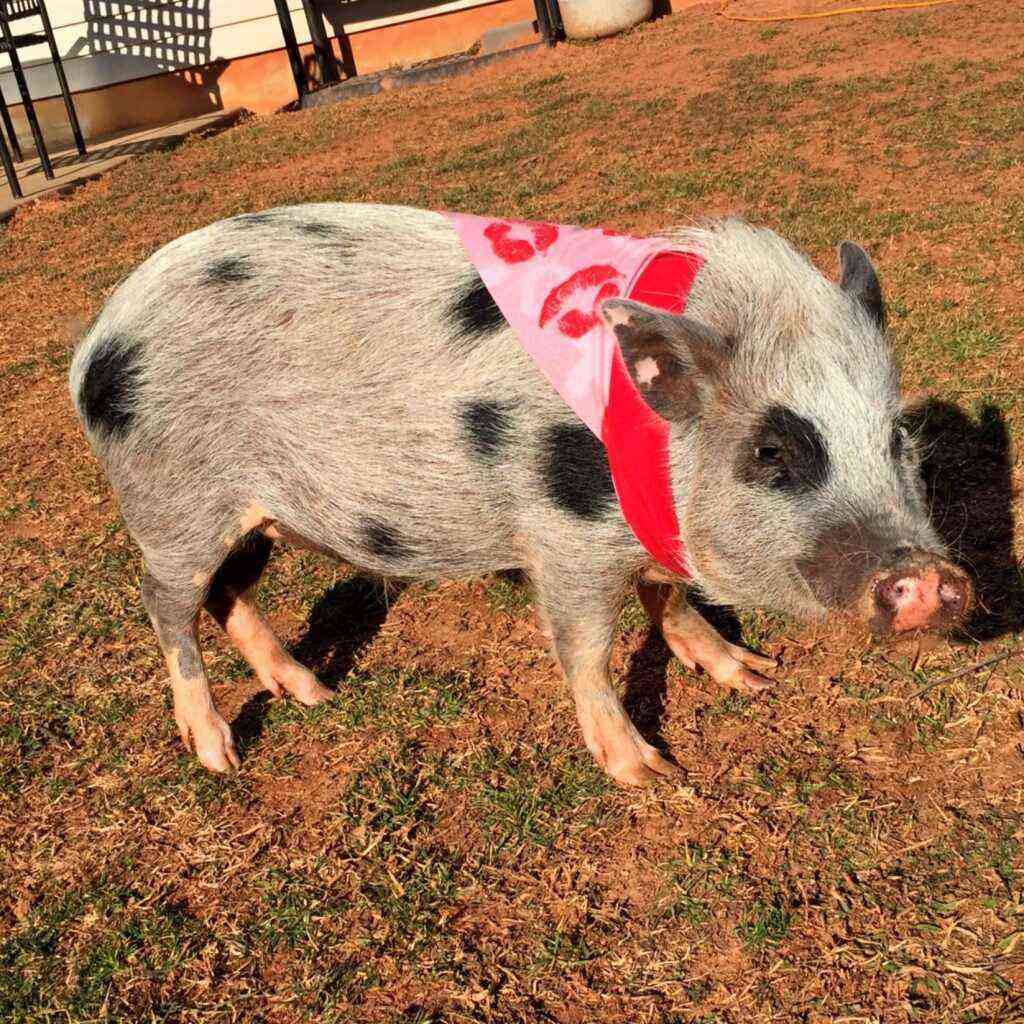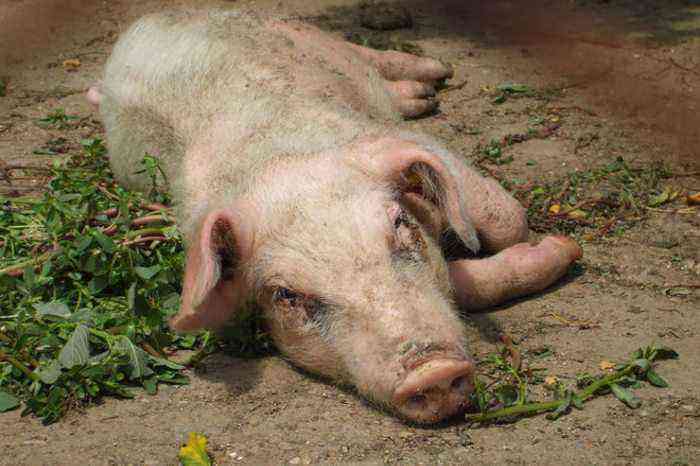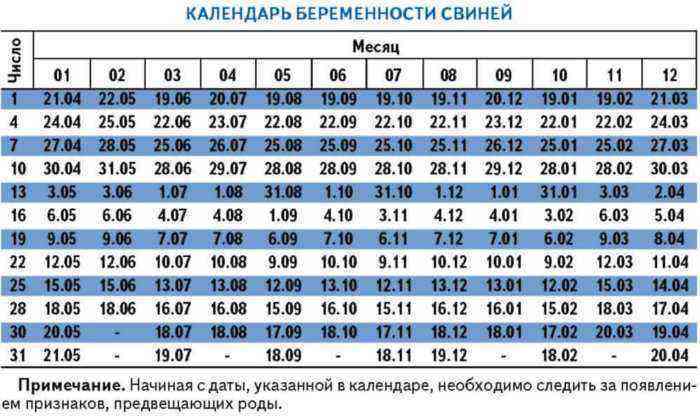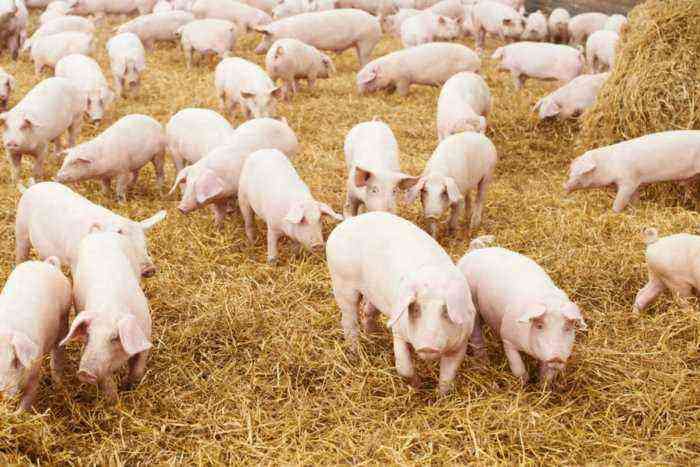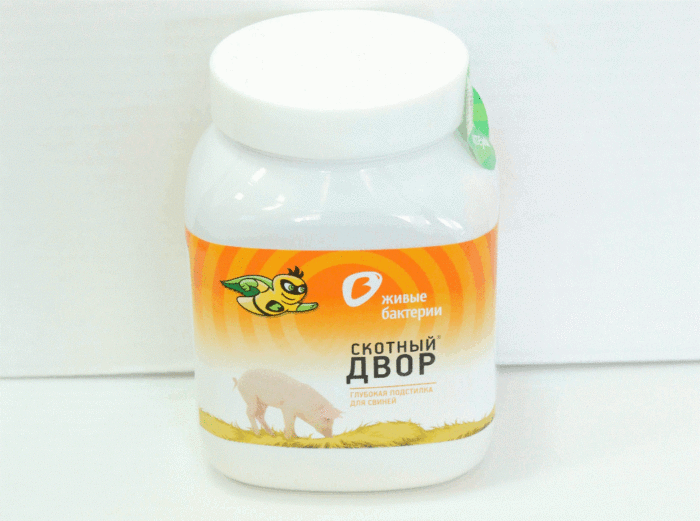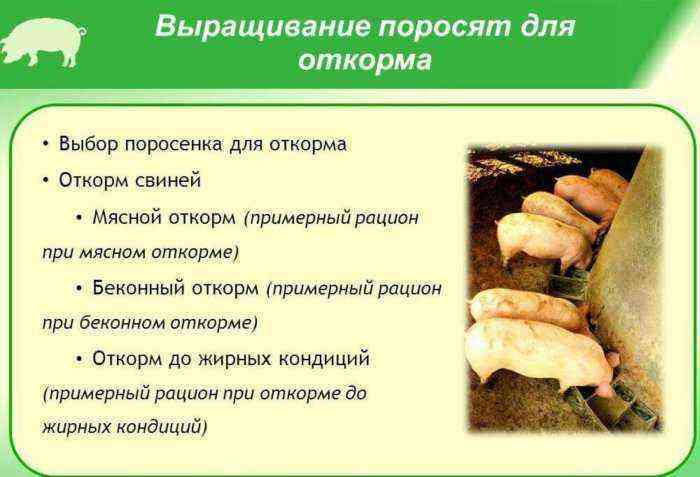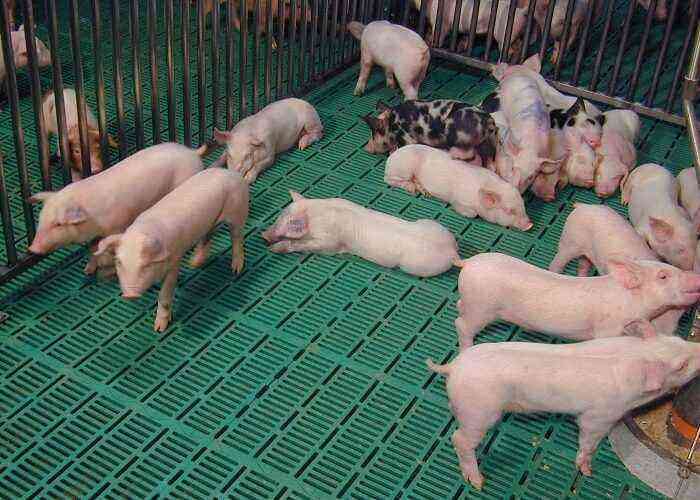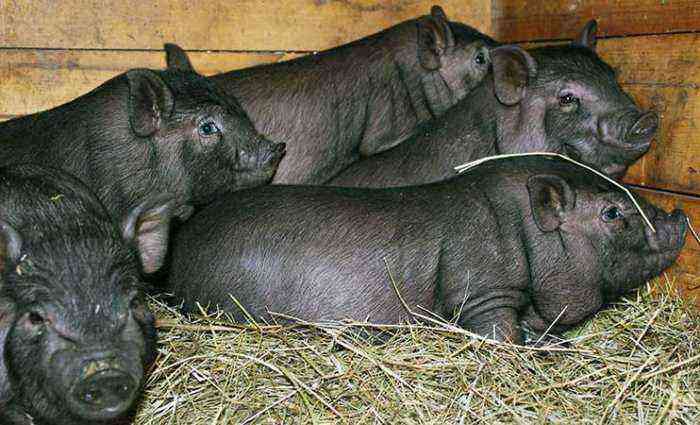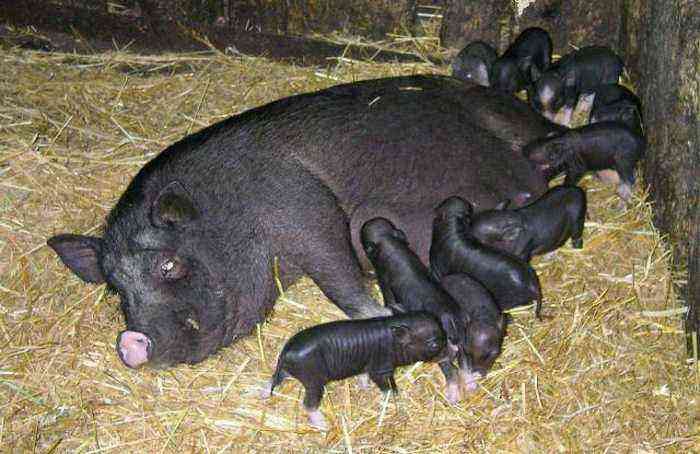Pig birth is a process that repeats twice a year. Each farmer is happy to expect farrowing, because the resulting offspring will bring him profit. The state of health of the sow and her offspring depends on how the birth process goes. The farmer must know how long gestation lasts, how to prepare for farrowing, how to properly receive piglets. It is equally important to take care of the pig and its cubs after the end of the birth process.
Pig after birth
duration of pregnancy
Farmers know that a pig is pregnant for three months, three weeks and three more days, for a total of 114 days. This is an average, but still it is usually guided by it. For various reasons, pregnancy can last longer than the due date or a little less. In practice, it turns out that almost 90% of pigs give birth in the period from 110 to 118 days of pregnancy. Consider the factors that affect the duration of gestation of piglets:
- Pig breed.
- Number of piglets in the offspring.
- Season, climatic conditions.
- The health status of the sow.
- What a farrow.
Numerous observations of pigs have made it possible to establish that in the warm season, sows carry piglets a little longer than in the cold. The first and second farrowing usually occur a few days later than all subsequent ones. It has been established that if there are less than 10 piglets in the offspring, they will be born on time, if their number exceeds this number, they will be born a few days earlier than expected.
Important! It is believed that if a sow carries piglets for less than 110 days, the offspring will be weak and unviable.
Signs of farrowing
The exact date of birth cannot be found on the calendar, but it is possible to predict the approach of farrowing by some signs. Approximately a day or two before the start of the birth process, changes occur in the behavior and condition of the sow. What is she doing:

Pregnancy Calendar
- The pig behaves restlessly, sometimes even aggressively.
- She begins to prepare a place for the babies (digs, kneads and chews the litter, as if she wants to make it softer).
- Her stomach drops.
- The genital loop swells a little, turns red.
- Colostrum appears in the nipples.
- The pig refuses to eat.
Reference. Immediately before farrowing, the animal is laid on its side.
Preparation for the birth process
Having noticed the signs of the approach of farrowing, the farmer needs to prepare for this event. It is necessary to clean the machine, disinfect the floor, fence off the place where the pigs will lie. It is worth leaving only hay and clean water for drinking indoors.
It is very important to equip the litter corner with a red lamp, especially if the pig gives birth in winter. Babies have almost no fat layer under the skin, so they are cold. The optimum temperature in the room is not lower than 30 degrees. Newborns are placed in a box or box with soft hay. The farmer must prepare in advance the tools that will be needed in the near future:
- Gloves.
- Scissors.
- Laundry soap.
- A warm solution of potassium permanganate (per 2 liters of water 1 gram of granules).
- Threads for tying the umbilical cord.
- Iodine or green.
- Clean diapers, towels.
When preparing to give birth to a pig, you need to take care of the cleanliness of the body of the animal. Shortly before the start of the birth process, the sow is washed, paying special attention to the back and stomach. This procedure will help to avoid infection of the animal and babies.
Attention! If the sow is in her first birth, call the vet. If something goes wrong, he can help.
Delivery of a pig
Pigs give birth most often at night, but not always. When the sow feels uterine contractions, she lies down on her side. This is a signal to the farmer to be ready to take piglets soon. The process itself can take 3-8 hours, but all this time the farmer must be next to the sow in order to accept each baby born.
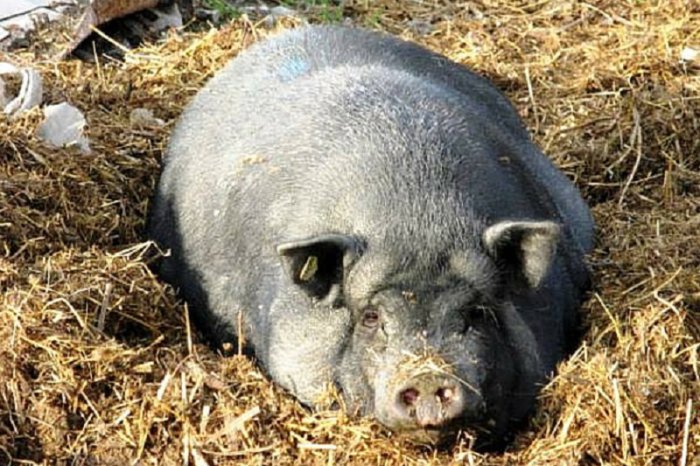
Pigs give birth most often at night.
What to do when the pig came out:
- Release him from the fetal membrane, if this did not happen during childbirth.
- With a clean cloth, clean the patch, mouth, ears from mucus.
- Bandage the umbilical cord at a distance of 3-4 cm from the tummy.
- Cut it with sterile scissors, treat with iodine.
- Put a dry and clean piglet in a box with a bedding under the lamp so that it warms up.
- Adopt all other piglets following the same principle.
The interval between attempts is 5-30 minutes. This time is enough to process each newborn and prepare for the next one.
Attention! During the first hour of life (after 30-45 minutes), each baby should receive a portion of colostrum. It is necessary to attach pigs to the nipple, even if the birth has not yet ended. If they do not receive colostrum in time, they will be more susceptible to infections and may die.
The birth of the sow is completed when the afterbirth comes out. Normally, this should happen within 2-5 hours after the birth of the last piglet. The farmer should wait until the placenta is released to be sure that it has not been delayed. This is also important because pigs can eat the afterbirth, and this is fraught with cannibalism – the offspring can also be eaten.
Reference. After the placenta comes out, the genitals and stomach of the pig are washed with warm water and soap or a solution of potassium permanganate.
Feeding offspring in the first days of life
Newborns should be applied to the nipples by the farmer, moreover, they do this every 3-4 hours. It is important to accustom babies to a certain nipple, otherwise large individuals will win back the front nipples from weak and small ones, where there is most milk. After about a week, each piglet will get used to sucking on its nipple, then human participation in feeding is no longer needed.
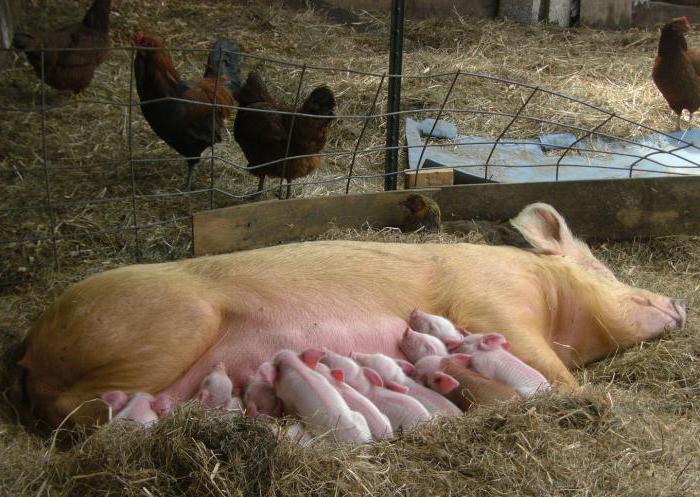
It is important to teach babies to a certain nipple
How long do Vietnamese pigs go pregnant?
The farrowing of Vietnamese pigs usually occurs between the 110th and 115th day of pregnancy. It is important to understand that the duration of gestation is influenced by many factors, we considered them earlier. It is impossible to know the exact date of birth. However, if you keep a farrowing calendar, where the day of mating is marked, it will be easier to navigate. From this day, it is usually recommended to count 110 days and, starting from this moment, you can prepare for the birth of Vietnamese piglets, carefully observing the behavior of a pregnant pig.
How long do piglets wait for one farrow?
This question worries all farmers, because the larger the offspring, the more profitable the farm will be. But it is not always the case. Too many piglets in one litter often leads to the fact that some newborns do not survive. There are cases when record holder sows brought 20 cubs per farrow, but the average number of them in the offspring is 11-13. Pigs that give birth for the first time bring fewer piglets – from 6 to 12 individuals. The number of pups depends on the breed and fertility of the sow, as well as her state of health.
Although it is believed that it is not necessary to be present at the birth of a pig, most farmers still recommend taking part in this process.. Thanks to the person who is nearby, all piglets will be accepted, cleared of mucus, attached to the nipple and placed in a warm place. It is also important to be present at farrowing in order to make sure that the placenta comes out. After childbirth, you need to remove the dirty bedding and put a fresh one, take away the placenta and bury it. That is why the birth of a pig cannot be left to chance.

